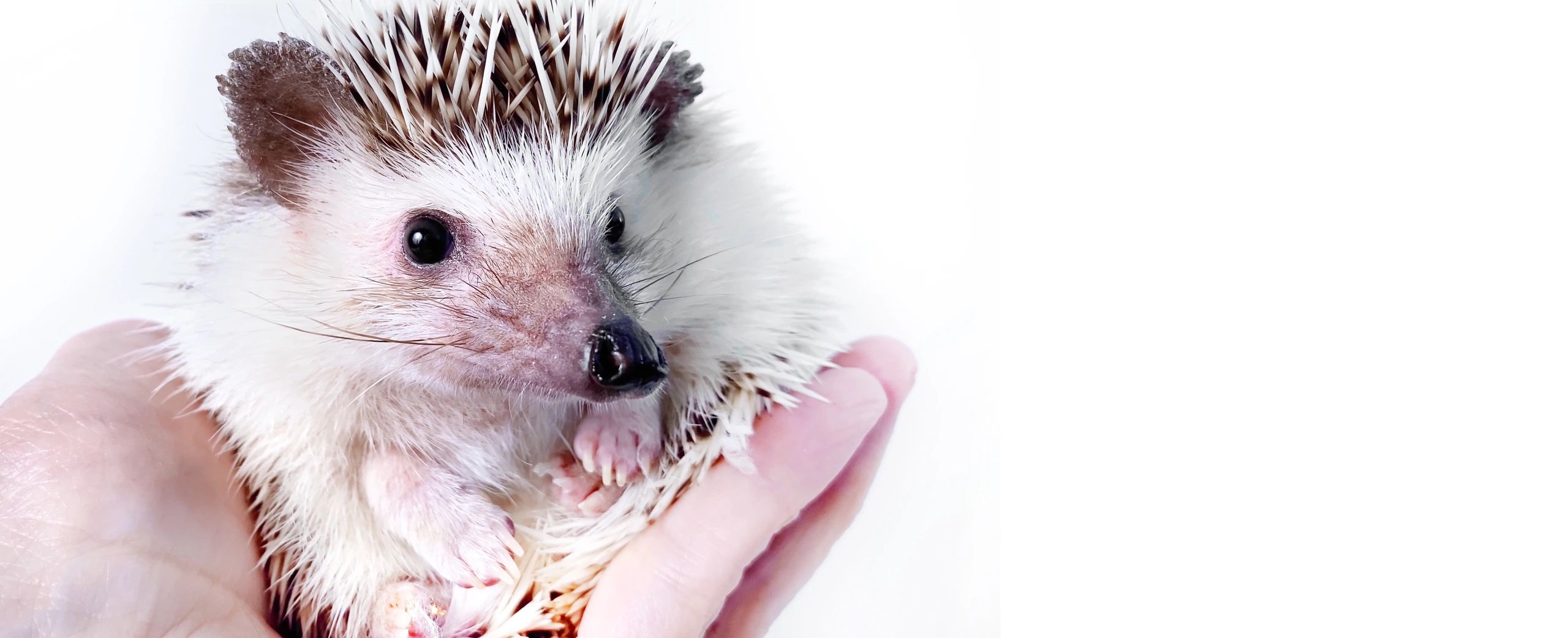
Hoglet care weaning/acceptance/rejection/housing
Keeping Your Hedgehog Happy and Healthy
Hoglet Care
Hedgehogs typically give birth at night, and as a result, the birthing process often goes unnoticed. During labor, the female may lick her genitals while straining from contractions. The hoglets are born covered in a membrane, with their quills encased in a fluid-filled pocket. This membrane drains shortly after birth, allowing the mother to give birth to her babies, either head or tail first.
Post-Birth Care
- Placenta Consumption: After the birth, the female will eat the placenta and begin licking her hoglets to clean them.
- Hoglet Characteristics: Hedgehogs produce altricial young, meaning hoglets are fully dependent on their mother. Newborn hoglets are born with their eyes closed, no hair, and their facial features and ears are not fully developed. They have soft quills that harden quickly after birth. Many people describe a newborn hoglet as looking like a “swollen tongue.”
- Feeding and Temperature: Hoglets are highly dependent on their mother for survival. They are fed every 2 hours. The ambient temperature for the mother and hoglets should be maintained between 70-80°F (21-27°C), but you may want to provide additional heat to ensure the babies stay warm, as they have difficulty regulating their body temperature. This is crucial, as they use much of their energy trying to keep warm, rather than using that energy to grow.
Acceptance of Hoglets
If the mother accepts all of her babies, the best approach is to minimize interference with her and her hoglets. Ensure she has access to water and food, but avoid opening the enclosure for cleaning or any other reason during the first 2 weeks. Disturbing her could lead to her rejecting or even eating her young. This behavior is instinctual and occurs in many animal species when the mother feels threatened or believes the young may be ill. Hedgehogs, like many animals, may eat their young if they feel they are unwell, as this prevents wasting resources (such as milk) on them.
- Quiet Environment: Place the hedgehog enclosure in a quiet, low-traffic area to reduce stress on the mother. She may become stressed by excessive noise or disturbance, which can lead to rejection or consumption of the hoglets.
Handling Hoglets
At around 2 weeks old, the hoglets are more resilient, and it is safer to handle them. At this age, they are no longer in the “danger zone” of potential rejection by the mother. However, it’s still important to monitor how the mother reacts when you interact with the hoglets. Handling them at this age is beneficial for ensuring they remain friendly, for health checks, and for determining their gender.
- Determining Gender: You can determine the gender of a hedgehog from birth, though it’s better not to handle them for this purpose until after 14 days. To determine gender, gently turn the hoglet on its back and observe its belly:
- Males: Have a “belly button,” which is their penis located further from the anus.
- Females: Have their vagina located right next to their anus.
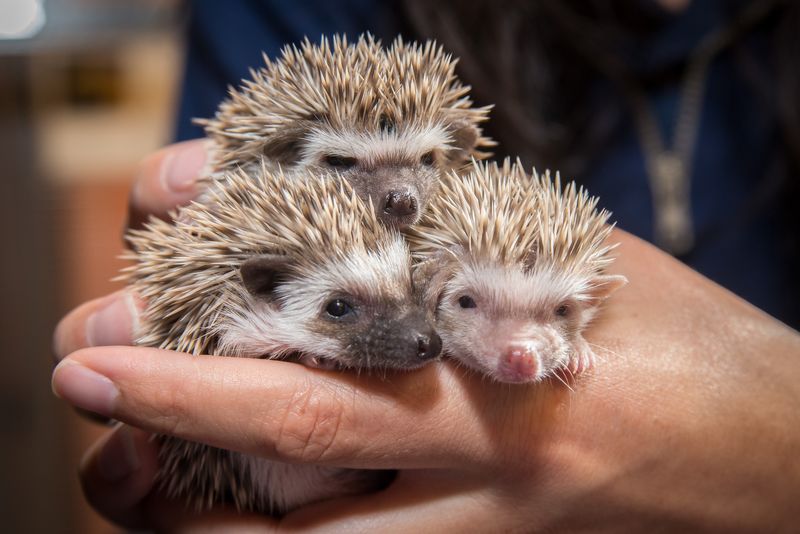
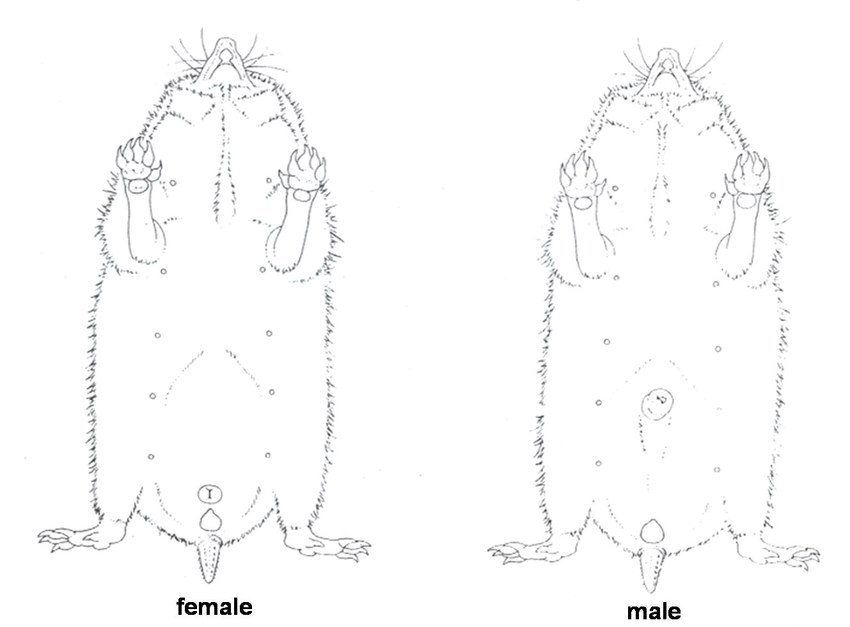
Self-Anointing Behavior
While handling the hoglets, they may display a behavior known as self-anointing. This is a common behavior where a hedgehog smells a new or strong scent and produces frothy saliva, which it then licks over its body. The reason for this behavior is not fully understood, but it is believed to be a form of scent-marking, as hedgehogs feel vulnerable and may want to mark their territory.
By providing a quiet, safe environment, minimal disturbance, and the right nutrition, you can help ensure the successful birth and healthy development of the hoglets. After two weeks, handling and observing them can foster better bonding and health checks.
This revised version is clearer, more concise, and easy to follow while ensuring all critical points on hedgehog birthing and hoglet care are well-organized.
Rejection of Hoglets: Immediate Care and Survival Steps
If your female hedgehog has rejected a hoglet, it’s critical to act quickly to prevent the baby from being harmed or killed. Even if the hoglet is younger than 2 weeks old, you must remove it from the nest immediately and begin providing human care.
Step 1: Warmth and Milk Preparation
- Temperature Check: The hoglet’s body temperature needs to be regulated. The average temperature for a hedgehog is 35–37°C (95–98.6°F). Warm some milk and test its temperature by placing a small amount on the back of your wrist to ensure it is not too hot or cold.
- Milk Preparation: Use either ready-made milk or mix powdered milk with boiling water, letting it cool to a warm, milk-like texture. You can use specially designed milk replacers like KMR, Royal Canin Puppy Milk, or Esbilac. If using powder, mix it according to the instructions, ensuring the consistency is suitable for a newborn hedgehog.
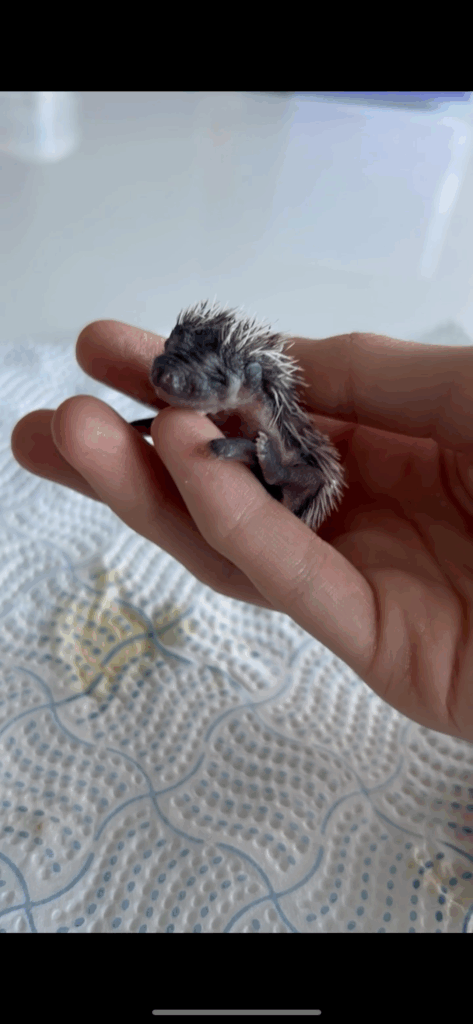
Step 2: Feeding the Hoglet
- Syringe Feeding: Since a newborn hedgehog has a tiny mouth, the best way to feed them is using a 1ml syringe with a blunt cannula attached. Ensure the syringe is cleaned thoroughly with boiling water after each use or discarded. Never feed the hoglet on its back, as this could lead to choking or aspiration. Always feed them upright to prevent suffocation.
- Feeding Schedule: Hoglets need frequent feedings. The general rule is:
- 0-1 week: Feed every 2 hours.
- 2-3 weeks: Feed every 3 hours.
- 4-5 weeks: Feed every 4-5 hours.
- Amount to Feed: Feed 1-2ml of milk per 10g of the hoglet’s body weight, split throughout the day. For example, a 15g hoglet would need 1.5ml of milk throughout the day, split between feedings.
- Avoid Overfeeding: Overfeeding can lead to serious issues, such as intestinal impaction, bloating, or even a ruptured colon. To help prevent bloating, you can add baby colic drops to the milk.
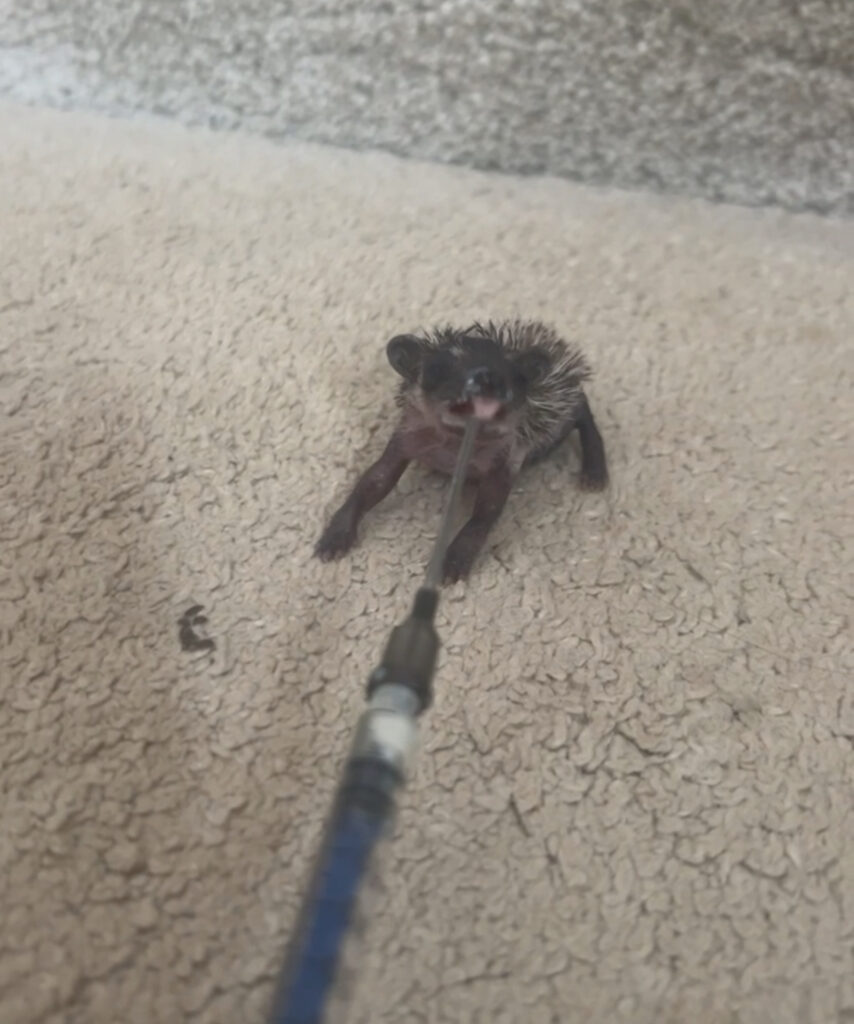
Step 3: Pottying the Hoglet
Newborn hedgehogs, or “pinkies,” rely on their mother to stimulate urination and defecation by licking their genital area. Since the mother is absent, you will need to assist:
- Stimulating Potty: Use a cotton swab soaked in warm water or almond oil and gently rub the hoglet’s genitals in a slow, circular motion. This will stimulate urination and defecation.
- Feces: At this young age, the hoglet’s feces will be green due to the commercial milk replacers.
Step 4: Warm and Safe Environment
- Keeping the Hoglet Warm: Newborn hoglets have difficulty regulating their body temperature. To ensure they thrive, provide them with a warm enclosure. A veterinary incubator designed for young animals is ideal, but you can also use a small enclosure with a heat lamp to maintain a stable, warm environment.

Step 5: Transitioning to Solid Food
At around 3 weeks of age, hoglets begin to wean onto solid foods, though they will still primarily rely on milk. As they approach weaning, you can begin introducing soft foods, such as wet cat food or specialized hedgehog food.
By following these steps and providing constant care, you can help a rejected hoglet thrive and grow into a healthy hedgehog. Regular monitoring and attention to temperature, feeding, and hygiene will support their survival and development.
Hoglet Development and Transitioning to a New Home
2 Weeks Old: Eye Opening and Teething
At around 2 weeks of age, hoglets begin to open their eyes, although they may still appear crusty or partially closed. If this happens, you can bathe the hoglet gently to help loosen any crust around their eyes and make it easier for them to open fully.
By the end of this week, hoglets will start developing their teeth. It’s a good idea to provide soft, easy-to-digest food during this time to support their growing teeth.
3 Weeks Old: Weaning onto Solid Foods
At 3 weeks old, hoglets begin the weaning process, transitioning from milk to solid food. Provide a shallow dish filled with soft food such as wet cat food or kitten kibble for easy access. This allows them to start eating on their own and helps them grow stronger.
4-12 Weeks Old: Quilling Process
Hoglets begin quilling at around 4 weeks old, and this process continues at 6, 9, and 12 weeks. Quilling is when their soft quills are replaced by new, adult quills. This can be a painful process, and during these times, hoglets may become more irritable or resistant to handling. Despite this, it is important to continue handling them regularly to keep them friendly. Be patient and persistent, even if they hiss, puff up, or raise their quills in defense.
6-8 Weeks Old: Preparing to Leave the Nest
Hoglets should not be sent to their new homes until they are at least 6 weeks old and have reached a sustainable weight. While 6 weeks is the minimum age, hoglets typically stay with their mother until 8 weeks to ensure they are fully weaned and healthy.
When it’s time for the hoglets to leave, make sure to send the new owner with a box of kibble that the babies are accustomed to, so they can continue their diet without disruption. Additionally, ensure the new owner provides a suitable environment for the hoglet:
Hides: At least one or two hiding spots are necessary for the hoglet to feel secure, as hedgehogs are naturally solitary and need spaces where they can retreat and rest.
Heat Source: Ensure a warm environment, as hoglets are still sensitive to temperature changes.
Enclosure Size: The minimum size for the enclosure should be 3×2 feet to allow enough space for movement and exercise.
Exercise Wheel: A safe, appropriately sized exercise wheel is essential for their health and well-being.
Correct Substrate: Use a safe, comfortable substrate, such as paper bedding or aspen shavings, to provide a clean and cozy environment.